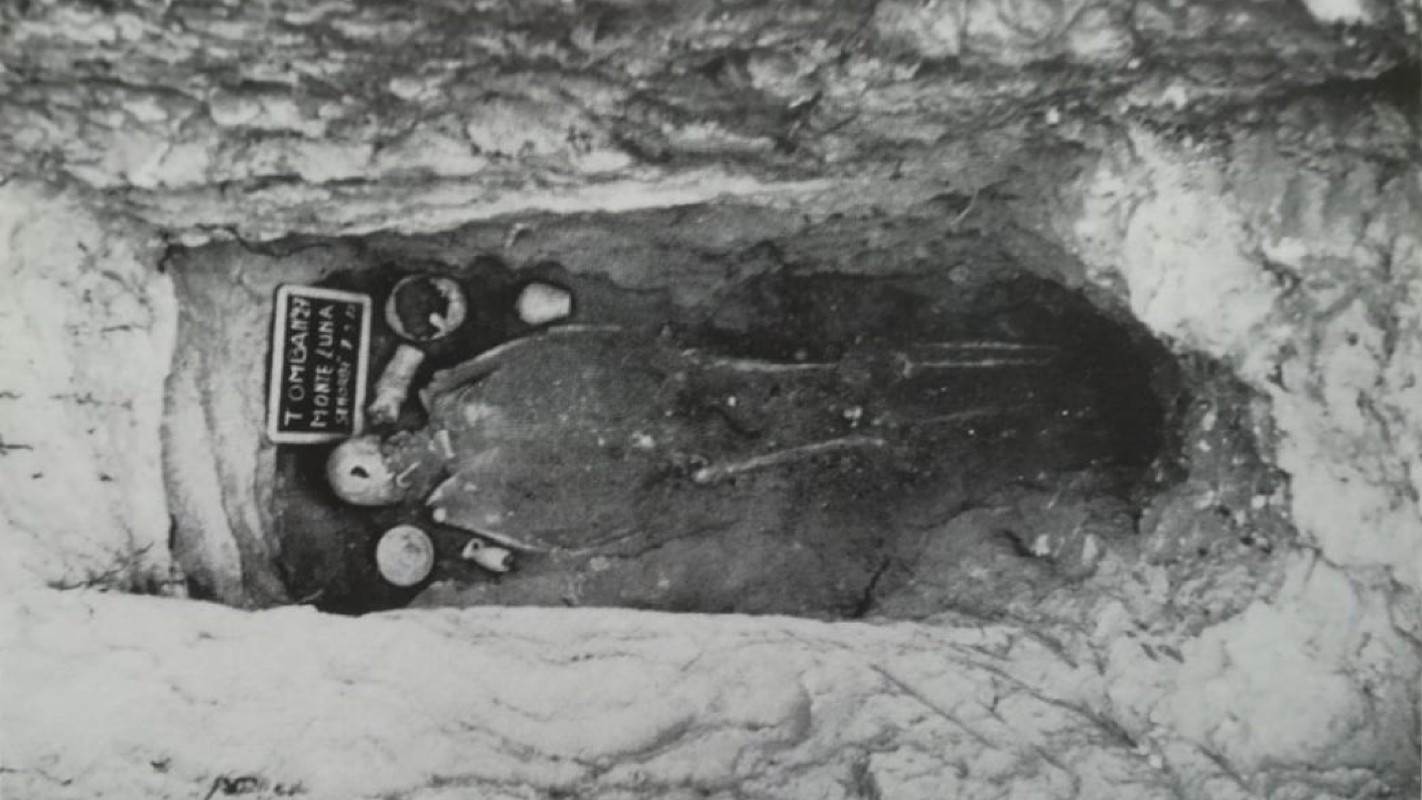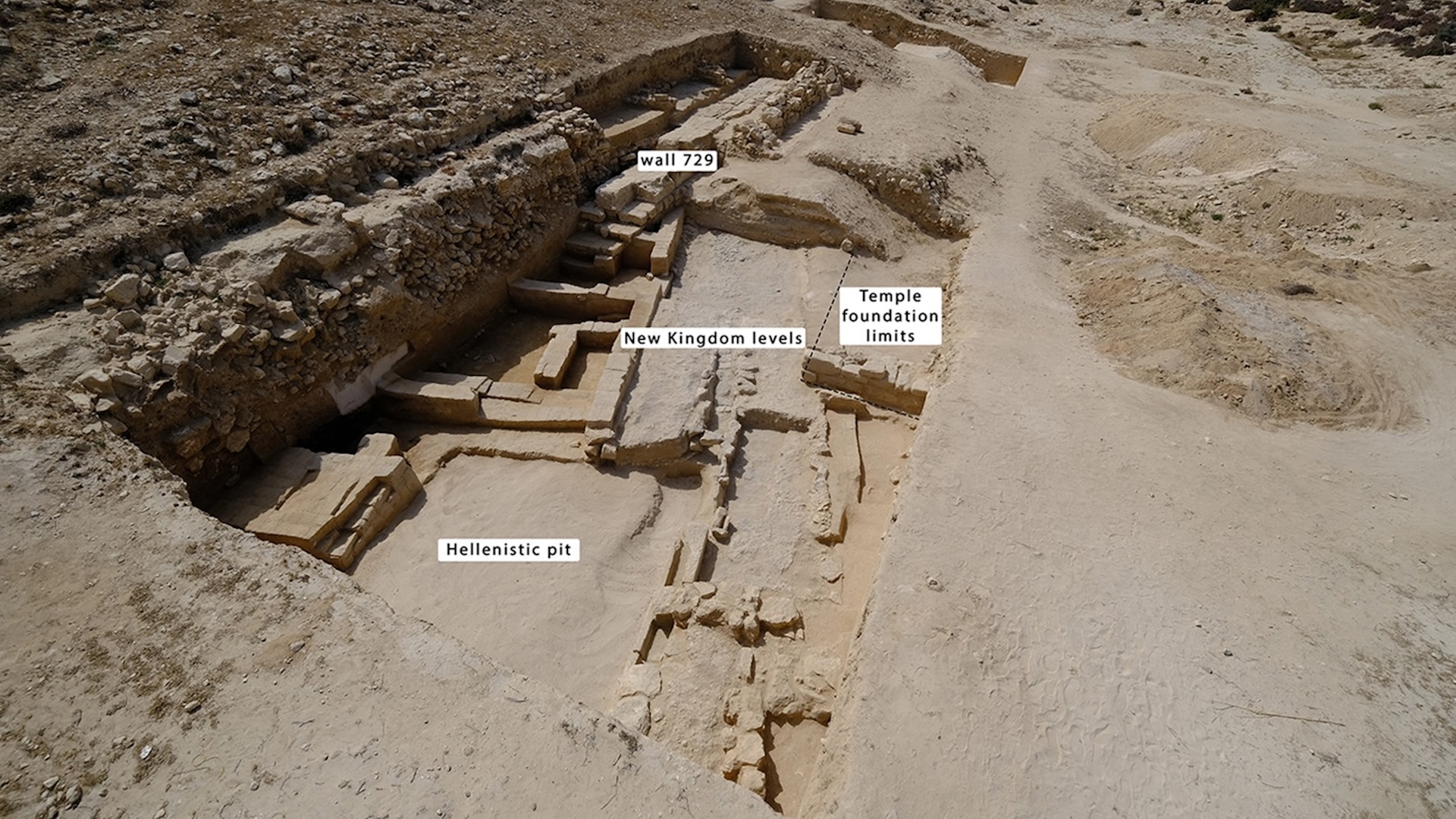Tom Metcalfe
Tom Metcalfe is a freelance journalist and regular Live Science contributor who is based in London in the United Kingdom. Tom writes mainly about science, space, archaeology, the Earth and the oceans. He has also written for the BBC, NBC News, National Geographic, Scientific American, Air & Space, and many others.
Latest articles by Tom Metcalfe
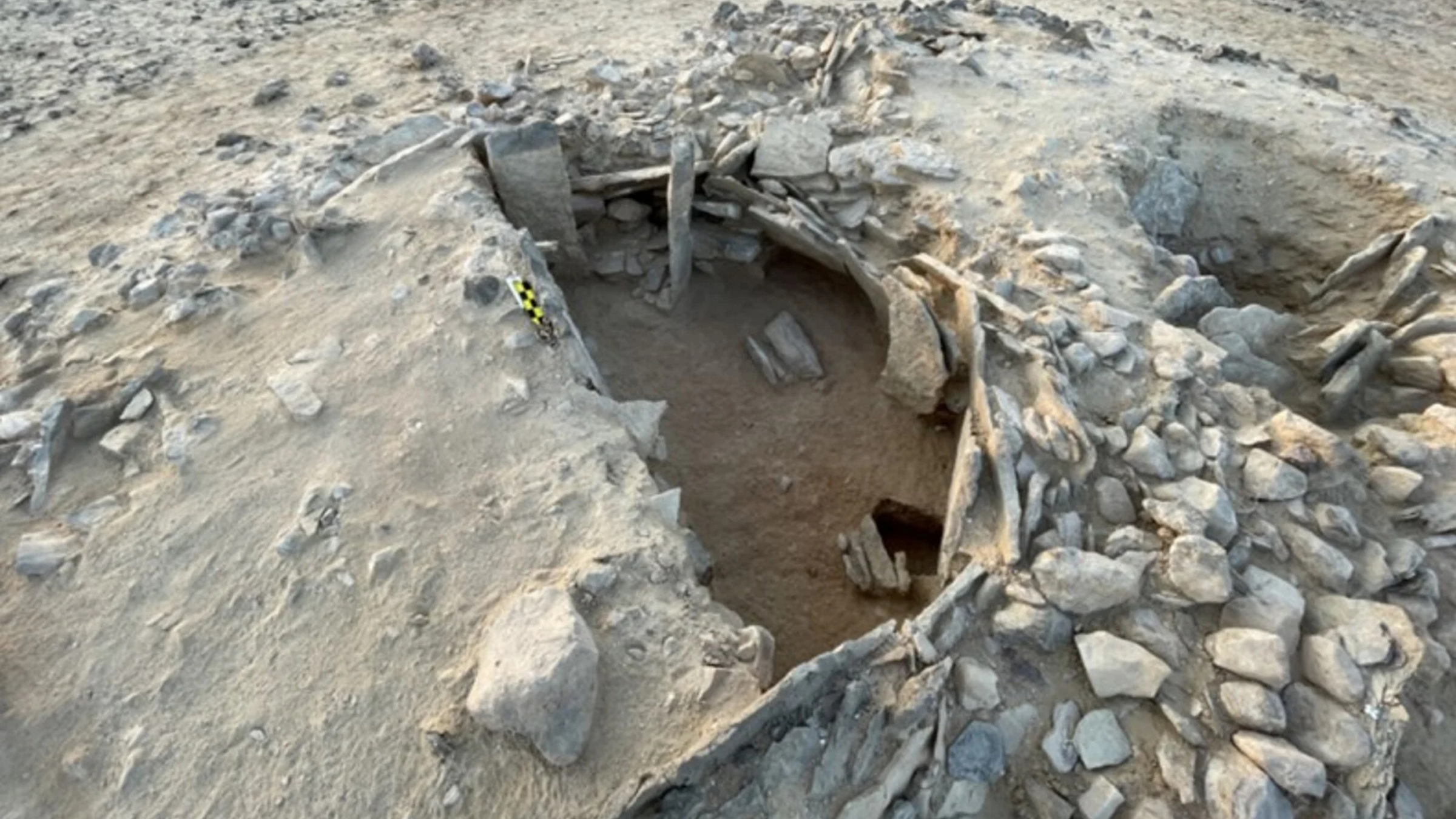
7,000-year-old tomb in Oman holds dozens of prehistoric skeletons
By Tom Metcalfe published
Archaeologists have found the remains of dozens of people in a roughly 7,000-year-old stone tomb in Oman.
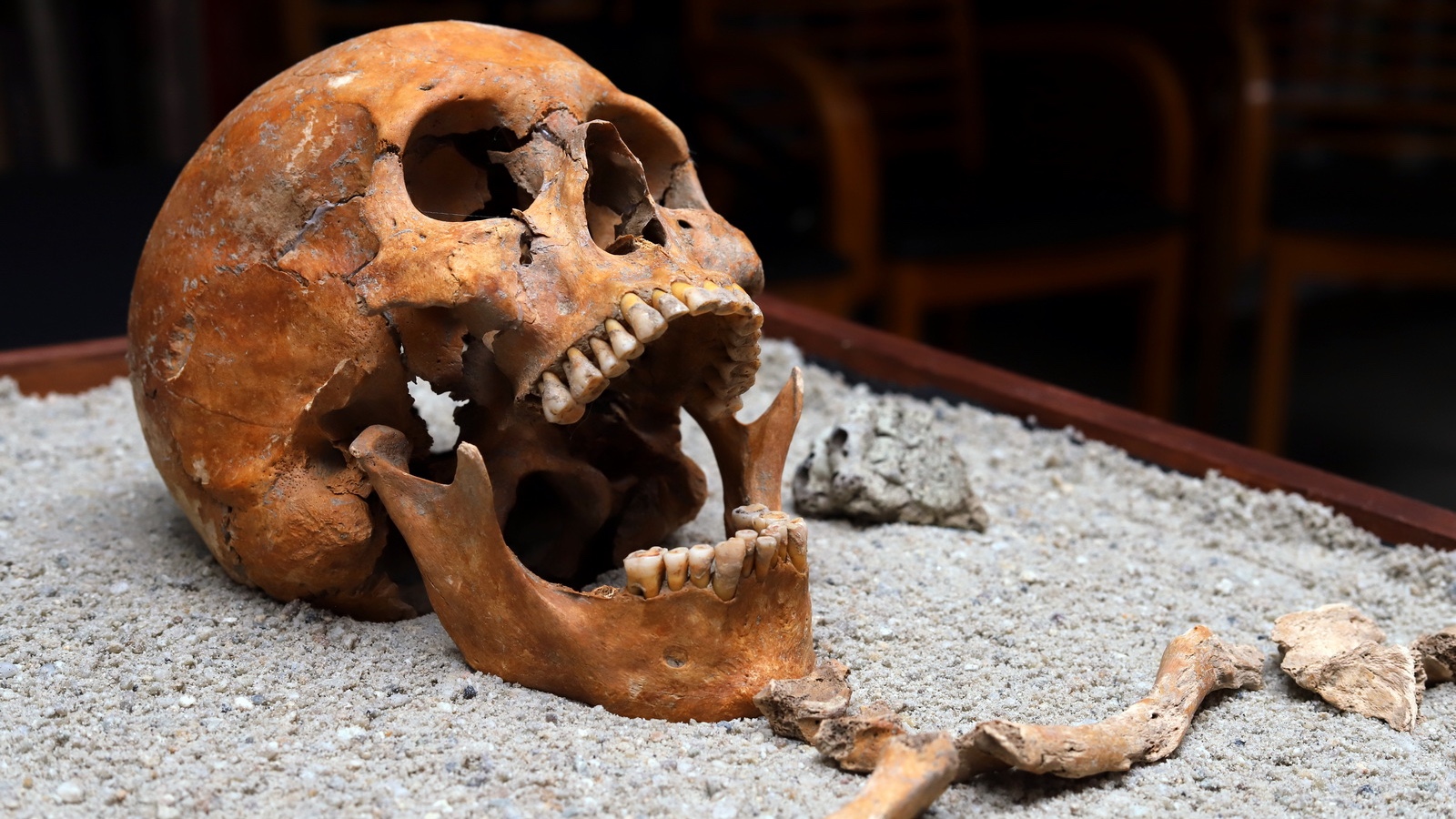
1st-century burial holds Roman doctor buried with medical tools, including 'top-quality' scalpels
By Tom Metcalfe published
Archaeologists in Hungary have unearthed a 2,000-year-old collection of medical tools, including forceps and scalpels. They think the tools belonged to a physician from the Roman Empire who had traveled beyond its frontiers to treat patients.
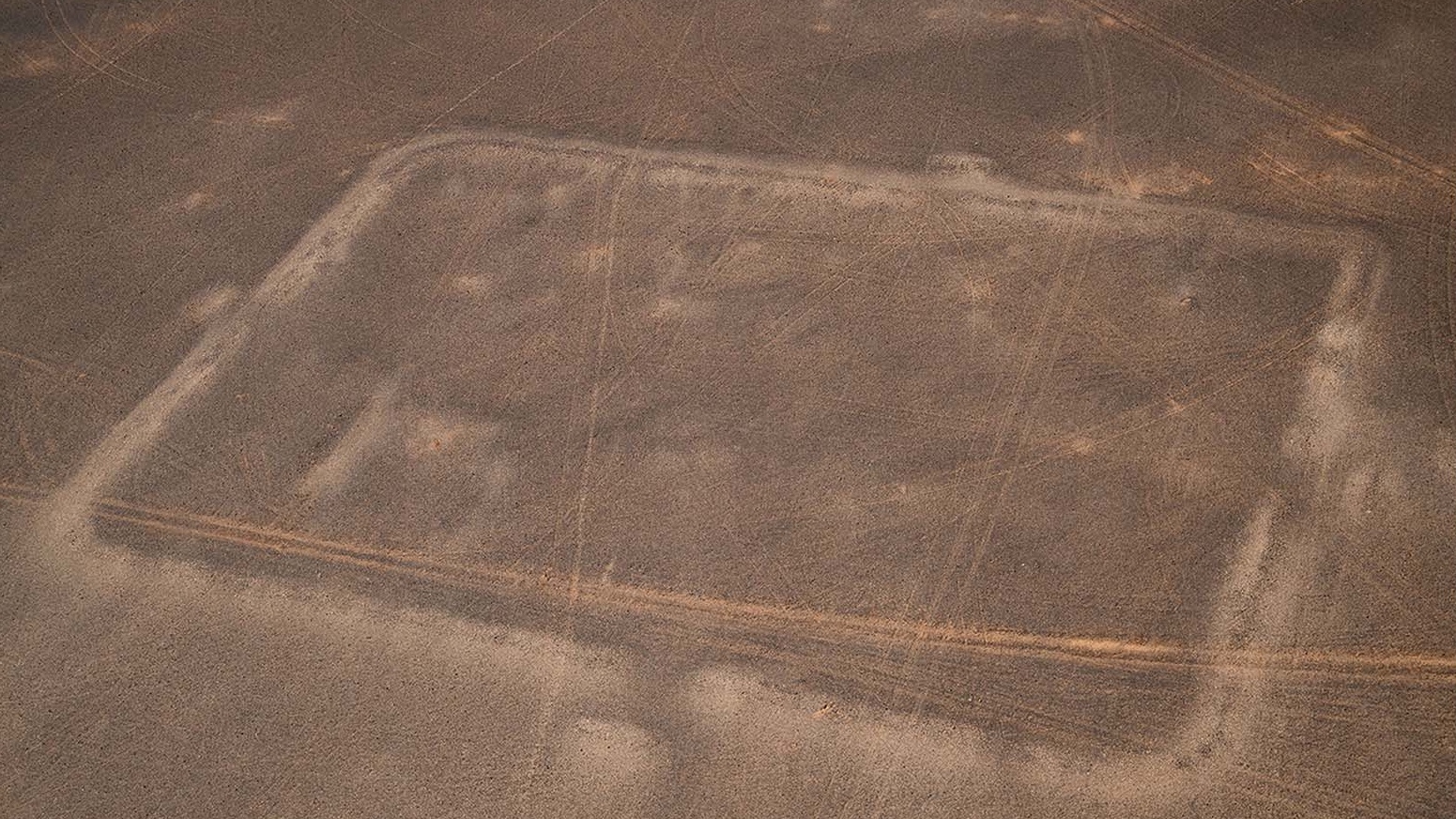
Ancient Roman camps from secret military mission spotted using Google Earth
By Tom Metcalfe published
An archaeologist using Google Earth has spotted the traces of three Roman military camps in the southern Jordanian desert, prompting a rethink of the region's history.
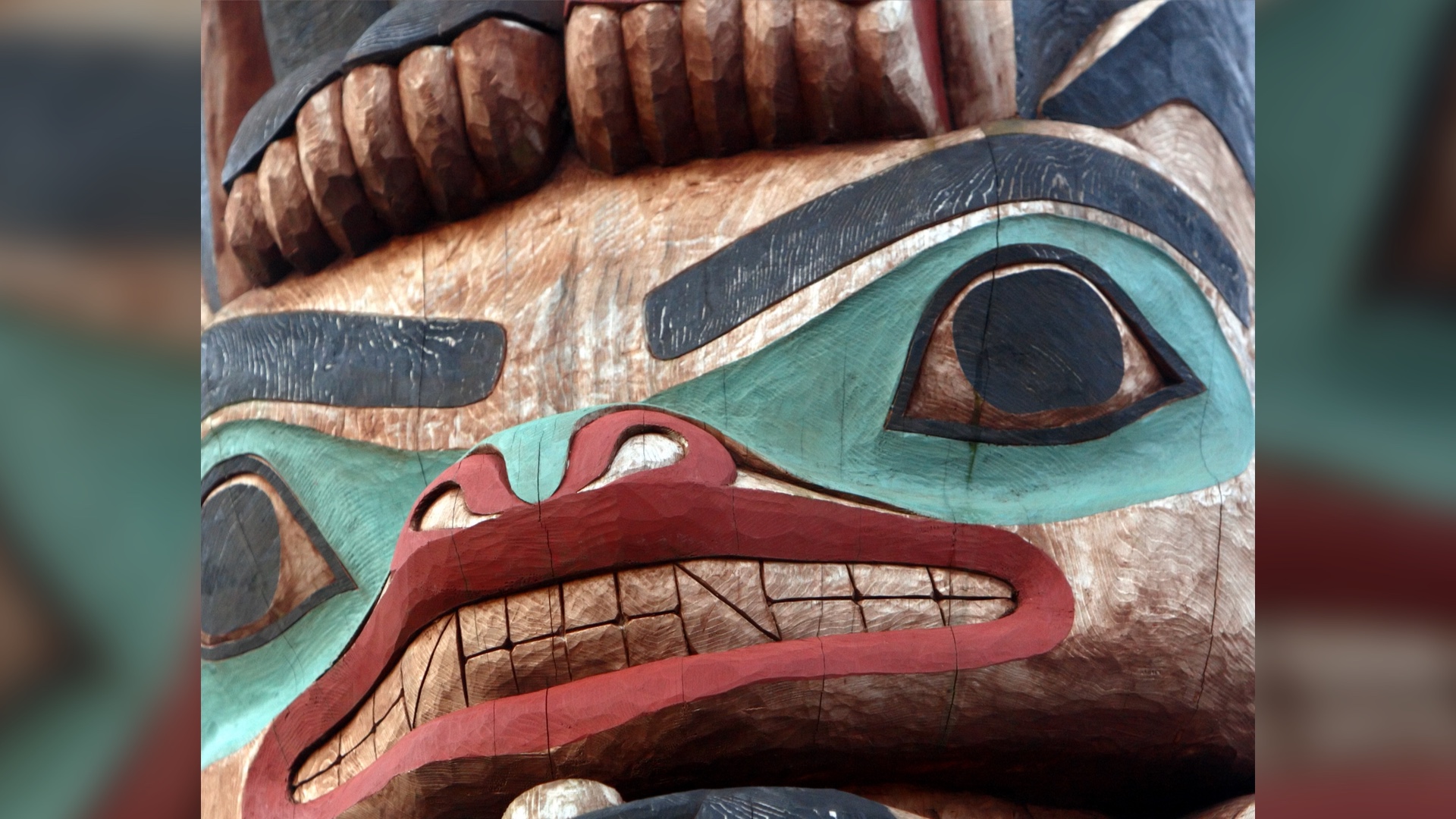
3,000-year-old 'bear' bone from Alaska isn't what it seems
By Tom Metcalfe published
A bone found in a cave in Alaska and thought to from a bear is actually from a human, casting new light on the genetics of Native American peoples.
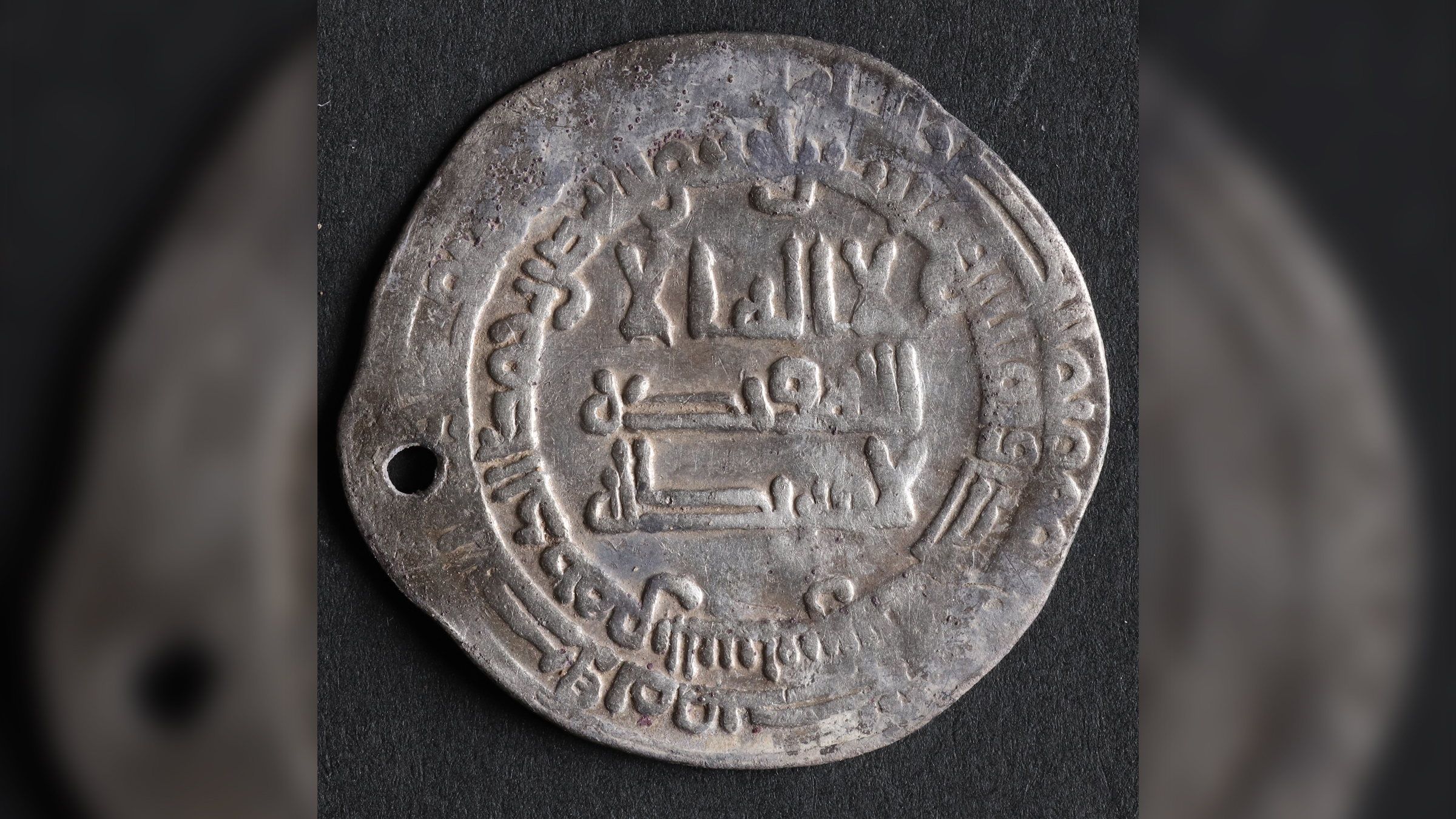
Double hoard of Viking treasure discovered near Harald Bluetooth's fort in Denmark
By Tom Metcalfe published
A metal detectorist has unearthed two hoards of Viking silver in a field in Denmark, including coins made during the reign of the powerful Danish king Harald Bluetooth.
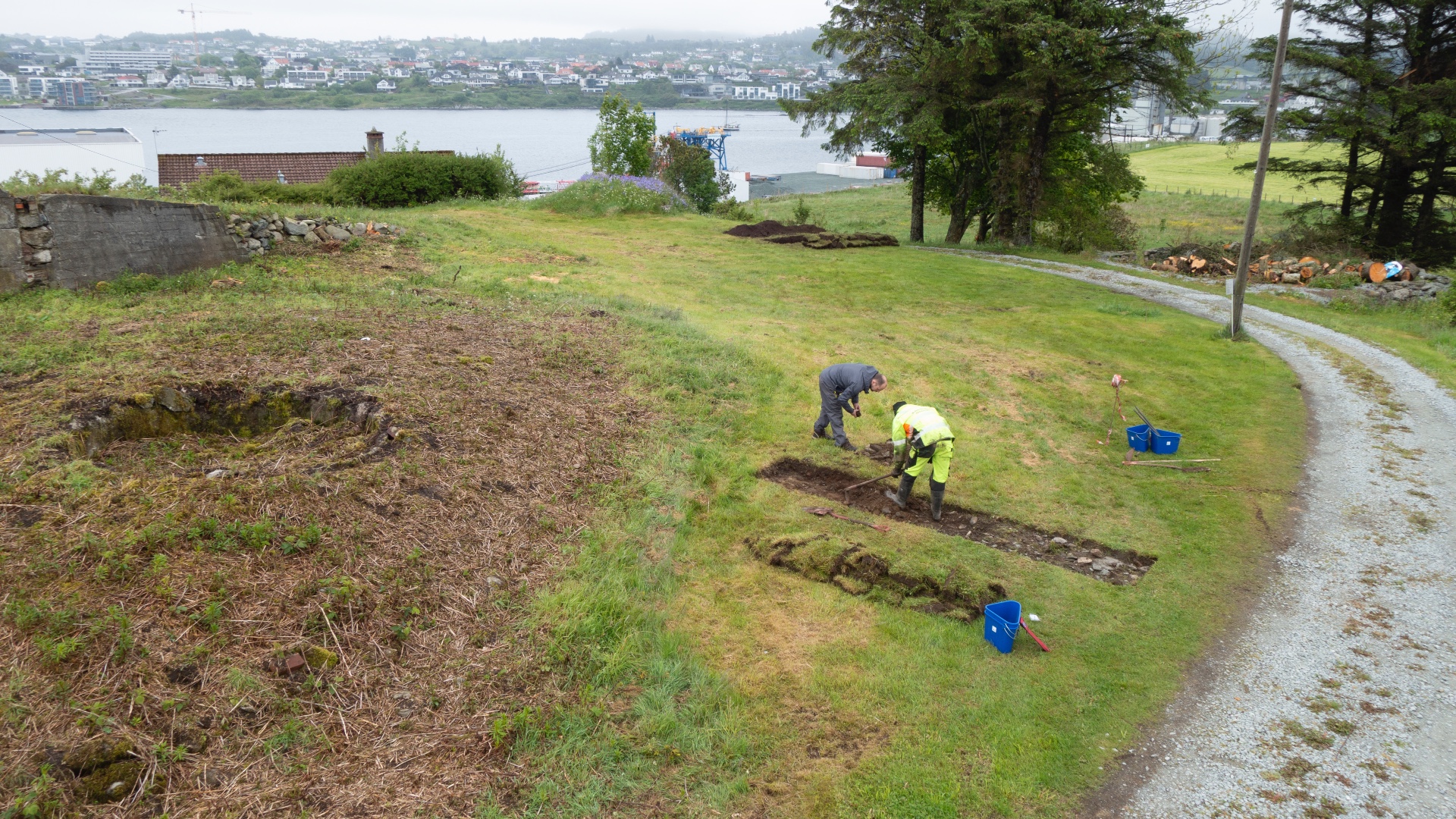
Seemingly 'empty' burial mound is hiding a 1,200-year-old Viking ship
By Tom Metcalfe published
Ground-penetrating radar has revealed the outline of a Viking ship in a mound in southwest Norway that was once thought to be empty.

WWII ship that sank with 1,000 Allied POWs on board discovered in South China Sea
By Tom Metcalfe published
The wreck of a Japanese transport ship that sank in 1942 with more than 1,000 Allied prisoners-of-war on board has been discovered near the Philippines.
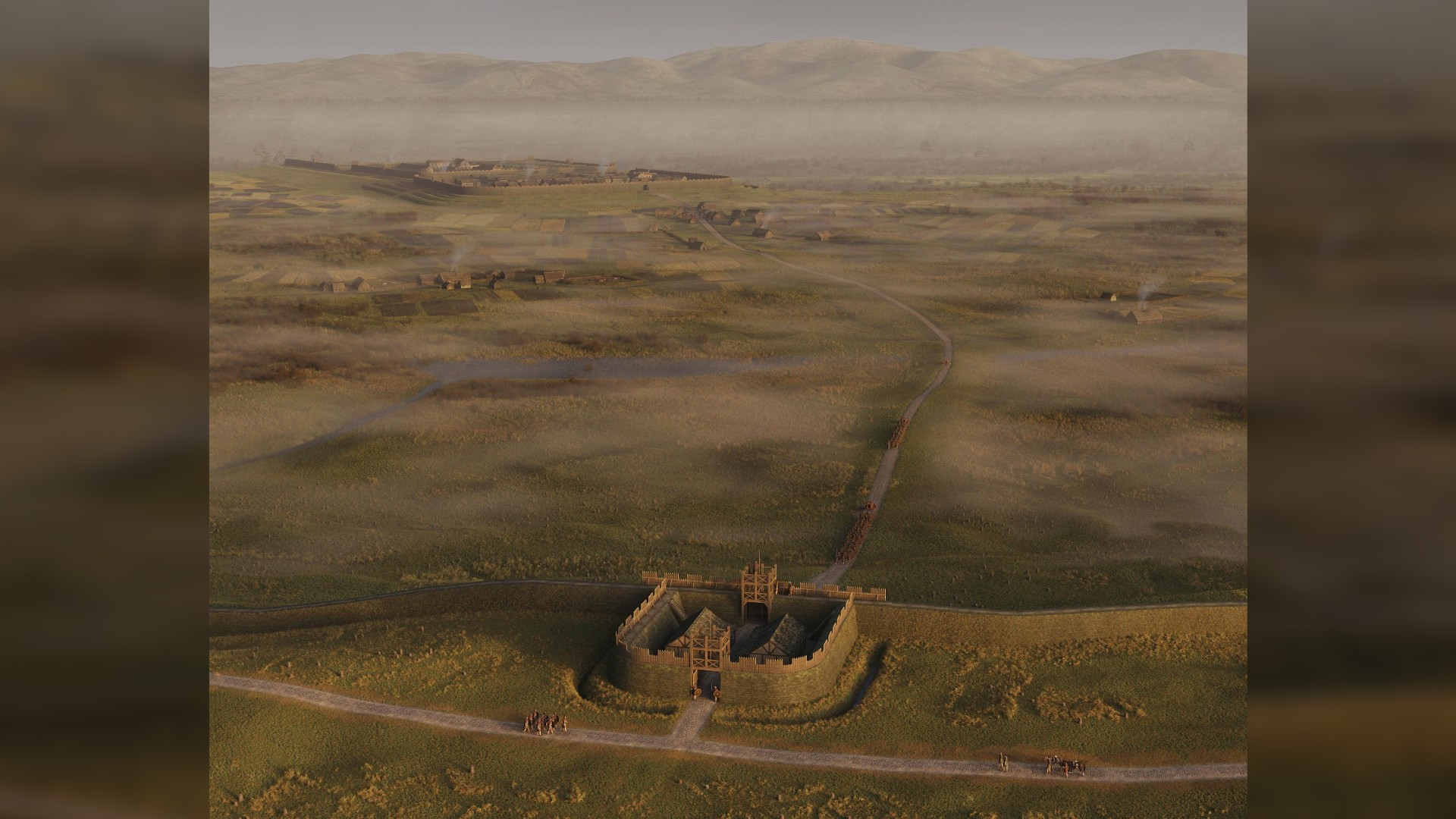
'Lost' 2nd-century Roman fort discovered in Scotland
By Tom Metcalfe published
Archaeologists have discovered the buried remains of a Roman fort along Scotland's ancient Antonine Wall.

Ancient princesses helped build vast warrior empire that prompted China to erect the Great Wall
By Tom Metcalfe published
Analysis of ancient DNA and grave goods from burials suggest that princesses helped to build a "massive empire" stretching from Kazakhstan to Mongolia.

2,000-year-old hoard of Roman coins may have been hidden by a soldier during a bloody civil war in Italy
By Tom Metcalfe published
The silver coins, mainly from the first century B.C., were unearthed in Tuscany in Italy and are hidden relics from a turbulent time in Roman history.
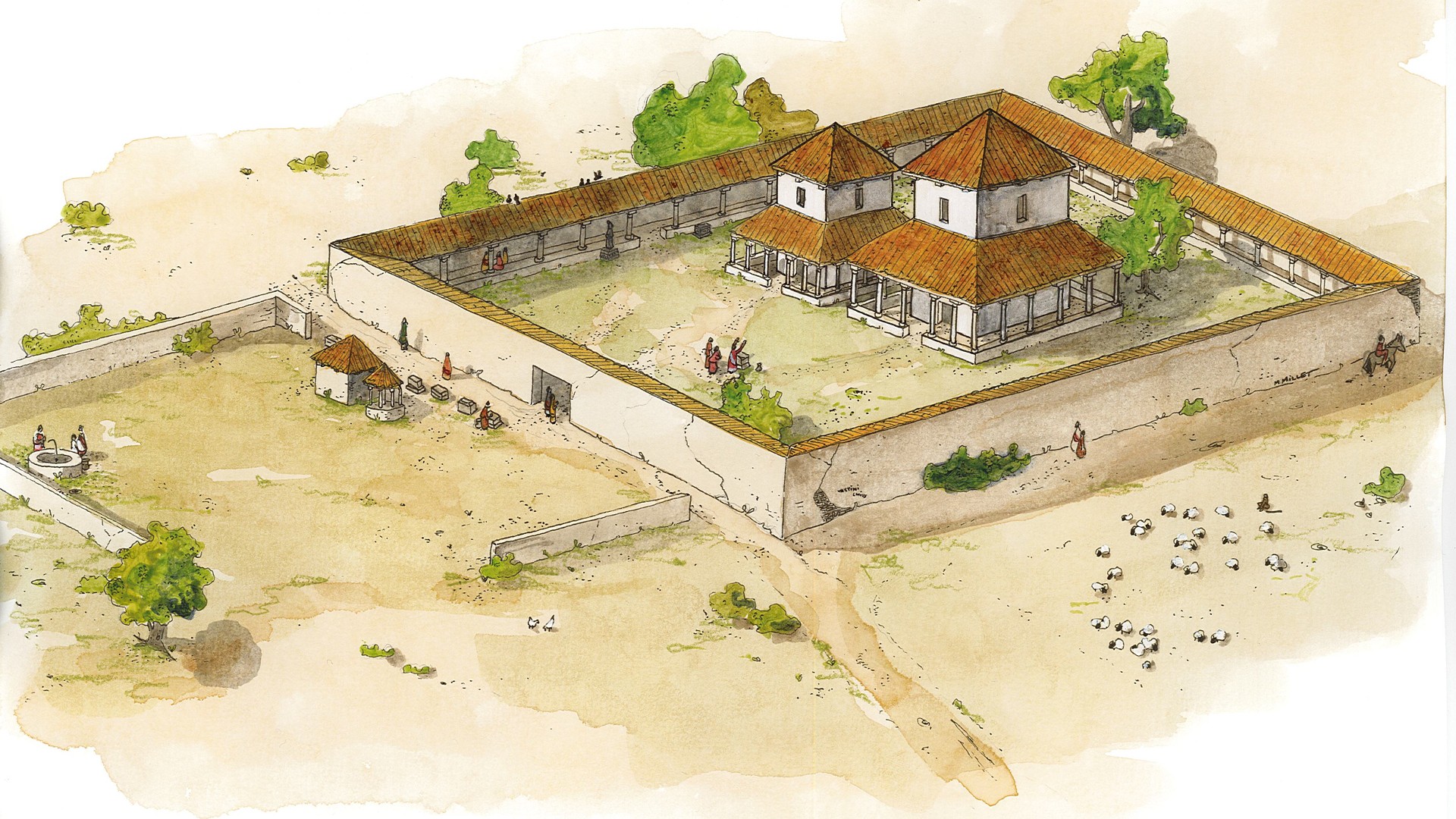
Roman temple found in France may have been dedicated to war god Mars
By Tom Metcalfe published
A large temple possibly used by Roman soldiers for hundreds of years has been unearthed by archaeologists in northwest France.

25 things found frozen in Europe's mountain ice
By Tom Metcalfe published
Europe's glaciers and ice patches are an enormous deep freezer for artifacts. Here is a countdown of 25 of the most fascinating objects revealed by Europe's melting ice.
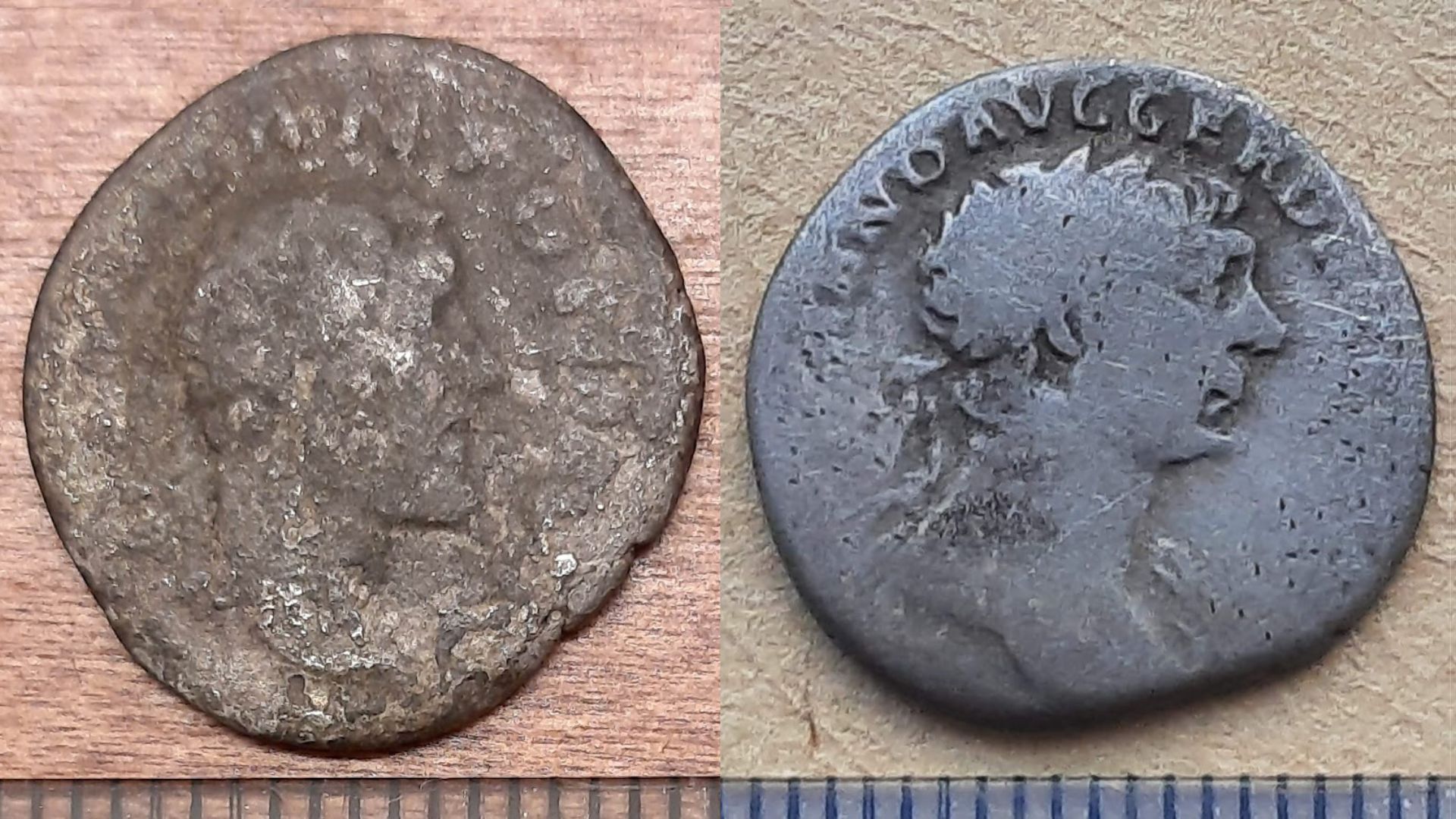
Mystery of Roman coins discovered on shipwreck island has archaeologists baffled
By Tom Metcalfe published
Two silver coins minted in during the Roman Empire have been found on a remote and uninhabited island in the Baltic Sea. Archaeologists have no idea how they got there.

Why does the date of Easter change every year?
By Tom Metcalfe published
Easter can fall on any Sunday between March 22 and April 25. The date took millennia to standardize for surprisingly complex reasons.
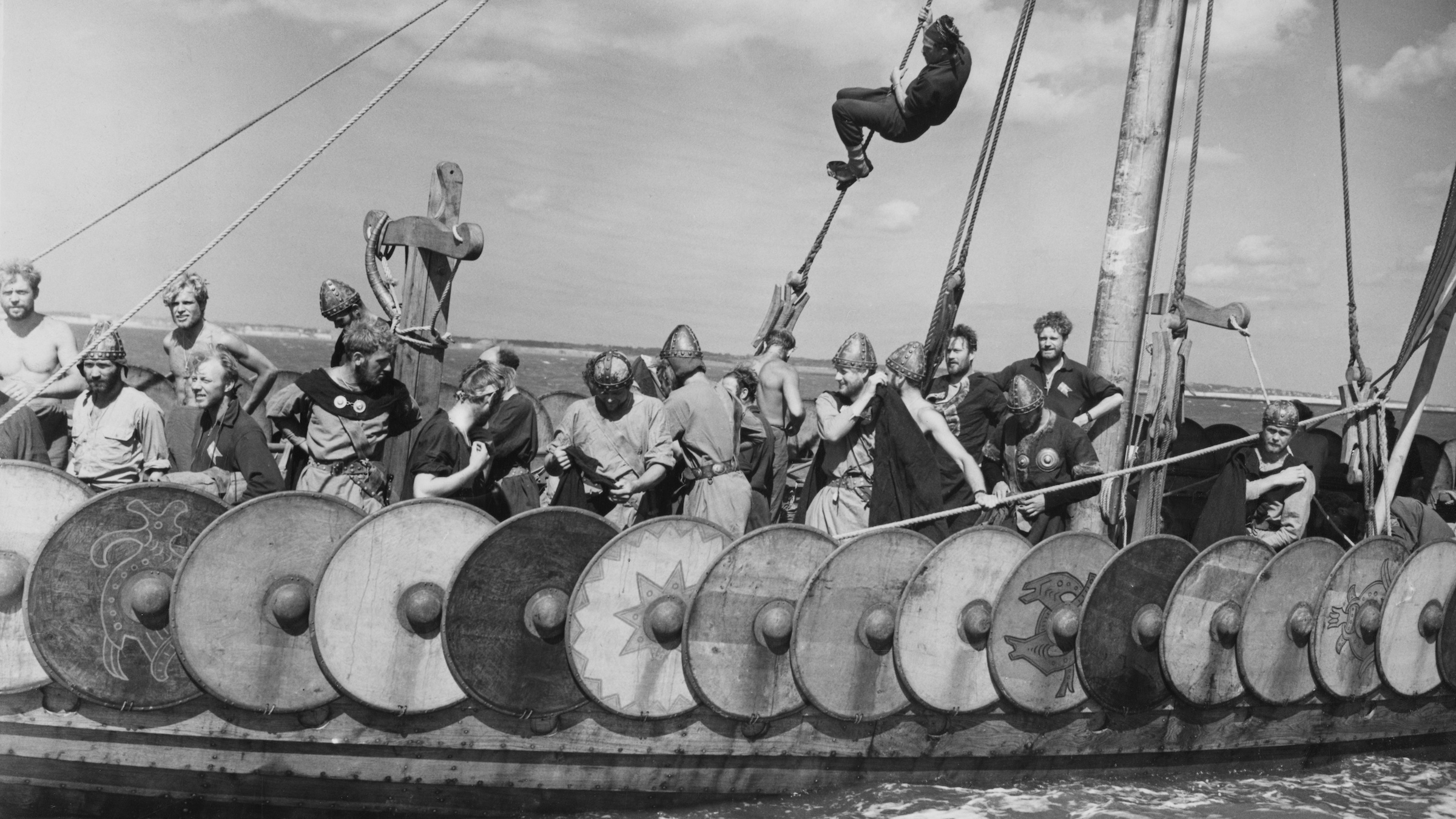
1,100-year-old 'ceremonial' Viking shields were actually used in battle, study suggests
By Tom Metcalfe published
The Viking shields found on the Gokstad ship in 1880 were not strictly ceremonial and may have been used in hand-to-hand combat, according to a new analysis.
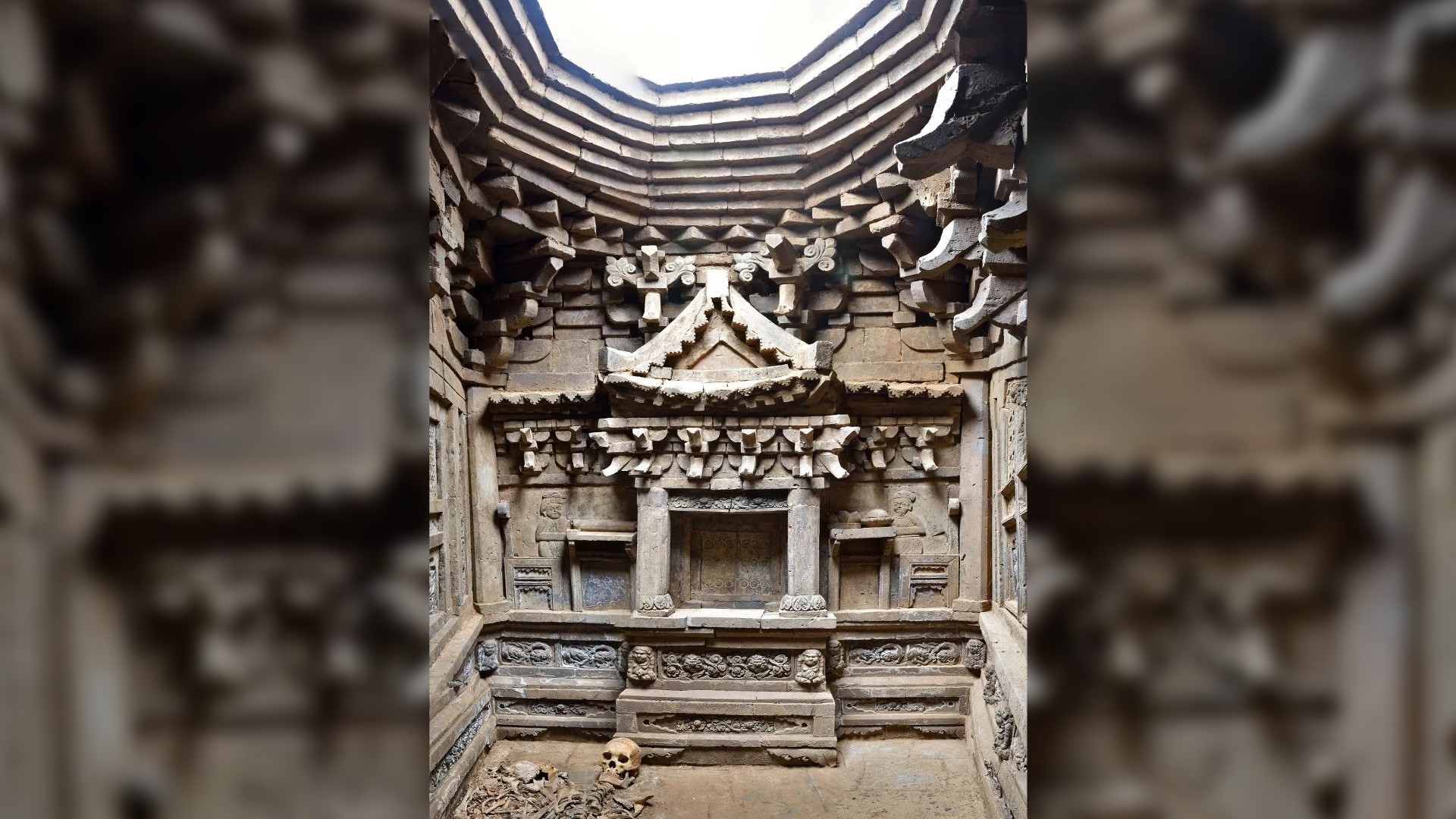
1,000-year-old brick tomb discovered in China is decorated with lions, sea anemones and 'guardian spirits'
By Tom Metcalfe published
A brick tomb from the Jurchen Jin period of northern China was discovered during the renovation of drains in Shanxi province.
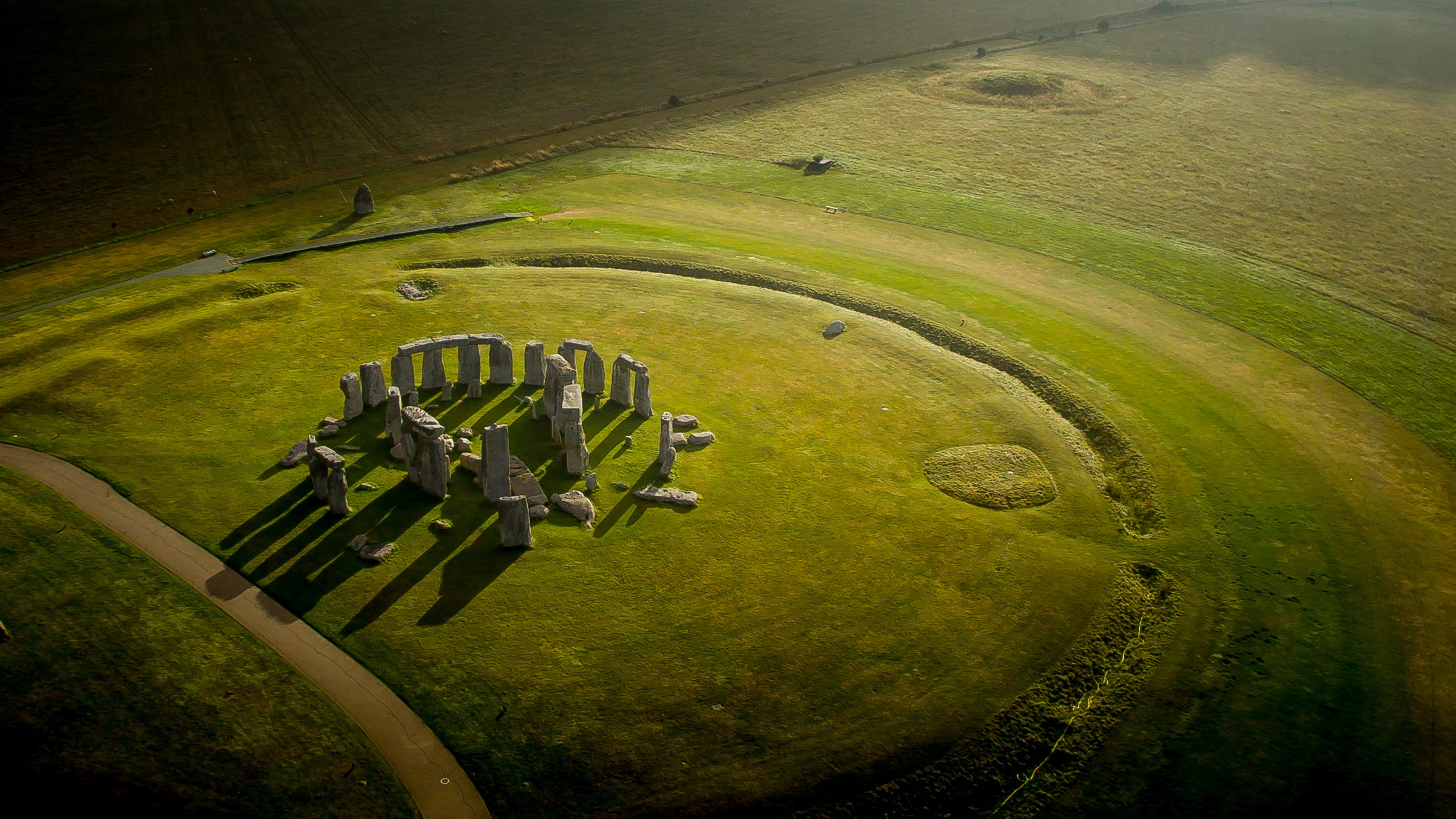
Was Stonehenge an ancient calendar? A new study says no.
By Tom Metcalfe published
Was Stonehenge an ancient solar calendar, as a 2022 study claimed? Not at all, says a new study by two scientists who specialize in ancient astronomy.
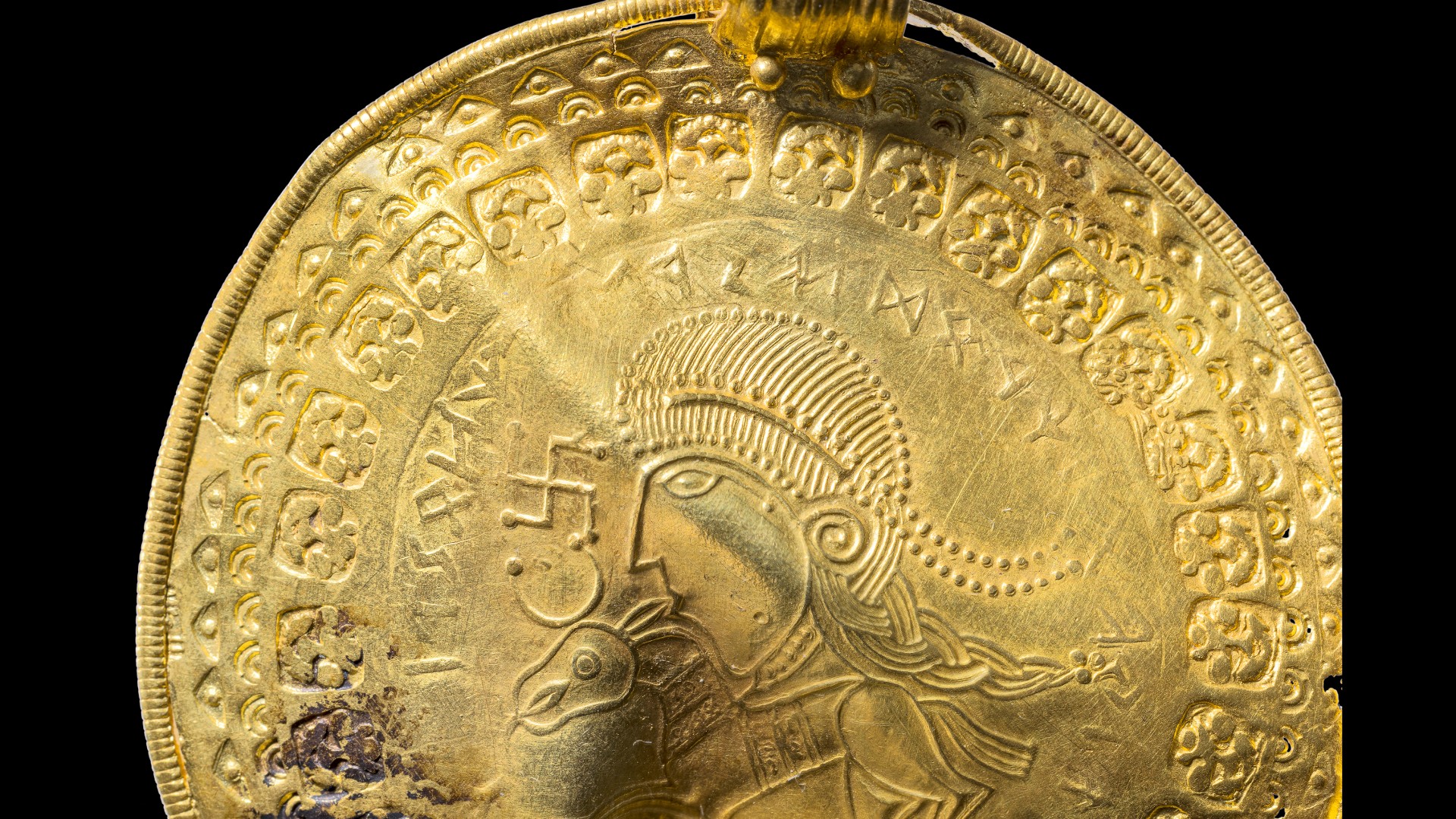
Earliest mention of Odin, 'king of the gods,' found in treasure hoard from Denmark
By Tom Metcalfe published
The oldest known inscription mentioning the Norse god Odin has been found on a gold pendant in Denmark from the fifth century A.D.
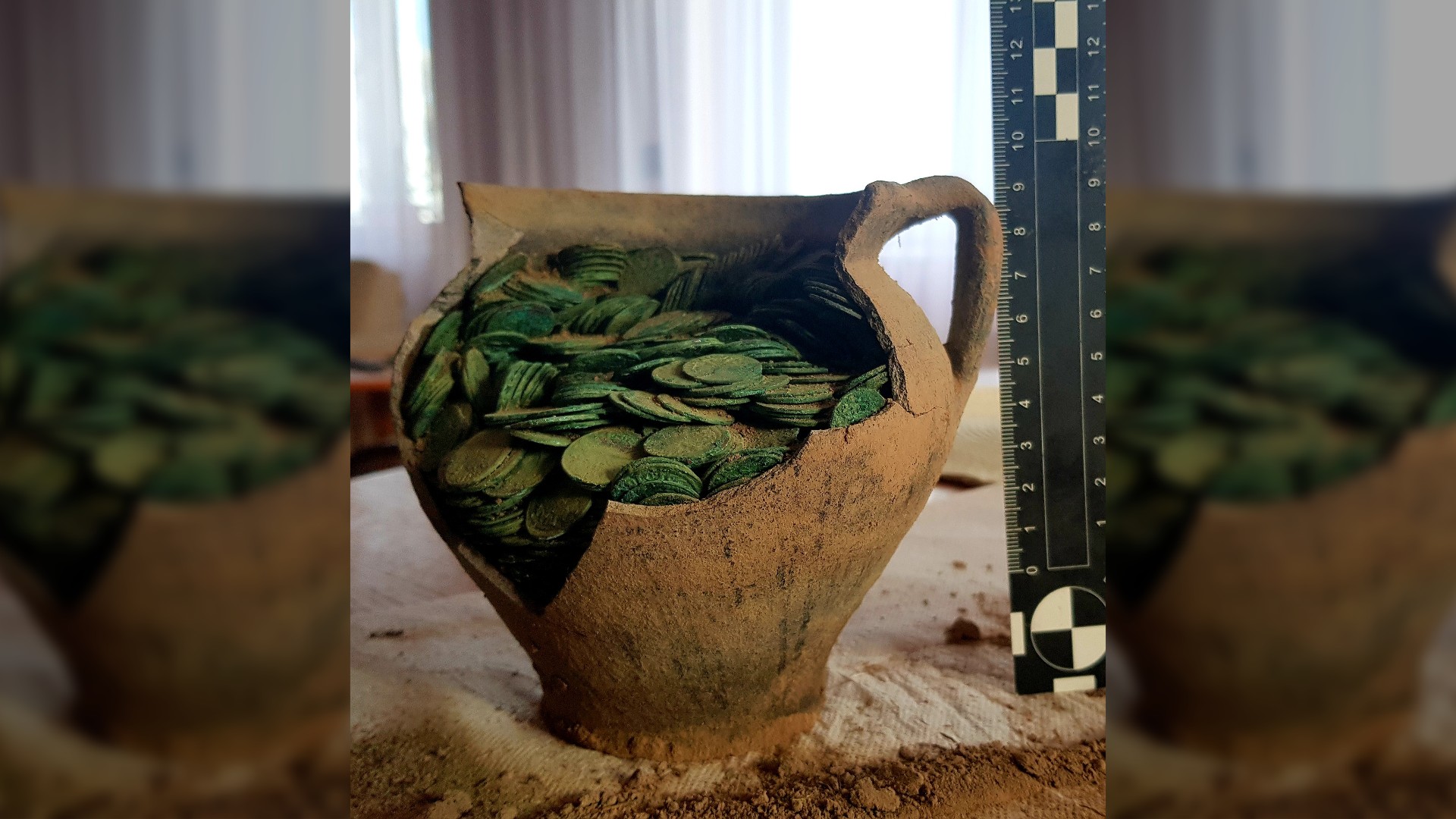
17th-century hoard brimming with 1,000 coins discovered in Poland
By Tom Metcalfe published
A metal detectorist in Poland looking for tractor parts on a farm discovered a 400-year-old coin hoard instead.
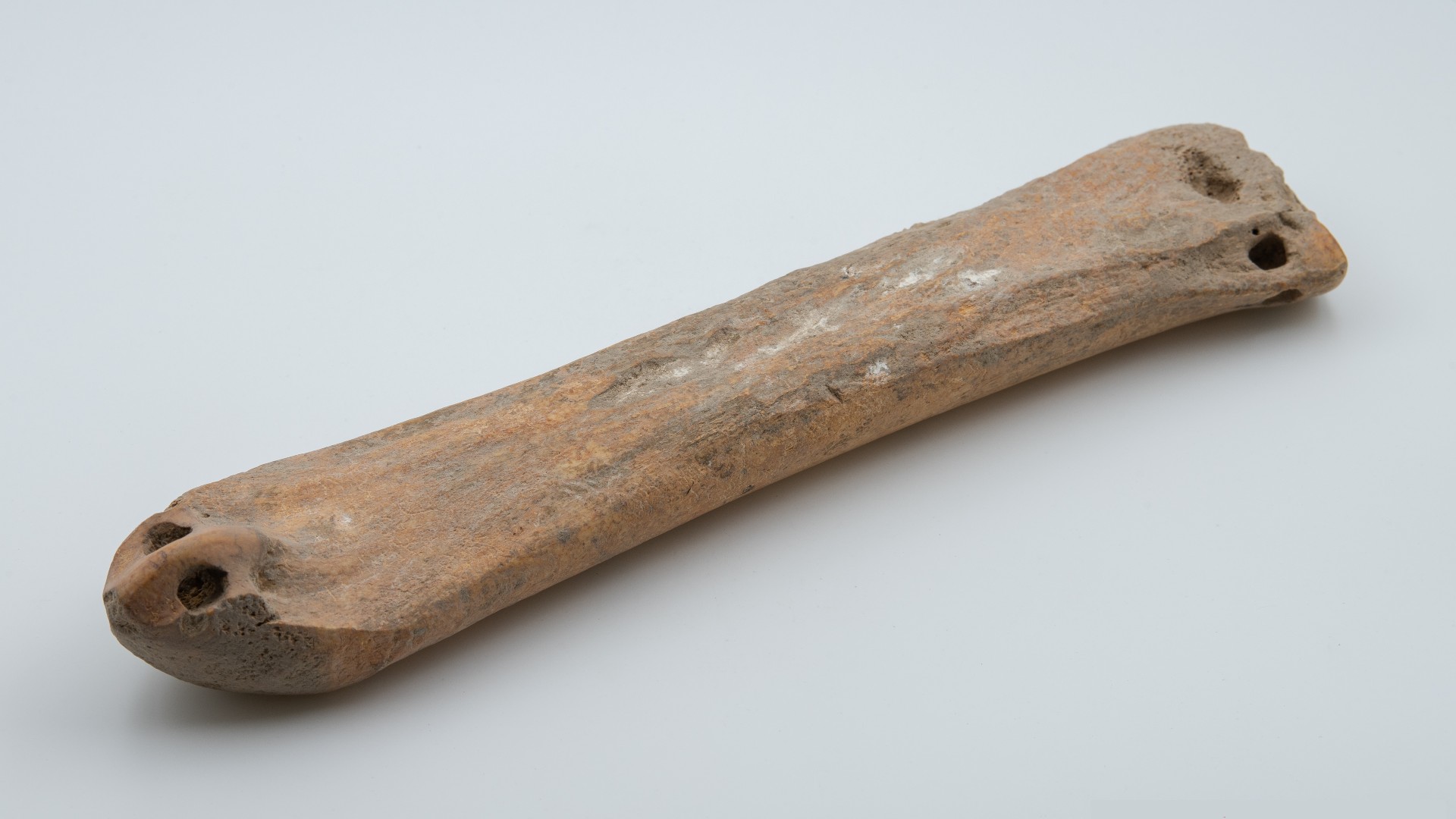
Bronze Age ice skates with bone blades discovered in China
By Tom Metcalfe published
Ice skates made of bone have been unearthed from a Bronze Age tomb in western China, suggesting an ancient technological exchange between the east and west of Eurasia.

Wreck of long-lost US World War II submarine found off Japanese coast
By Tom Metcalfe published
Japanese researchers have located the wreck of USS Albacore, one of the most successful U.S. submarines of World War II, off the island of Hokkaido, where the sub sank after hitting a mine in November 1944.
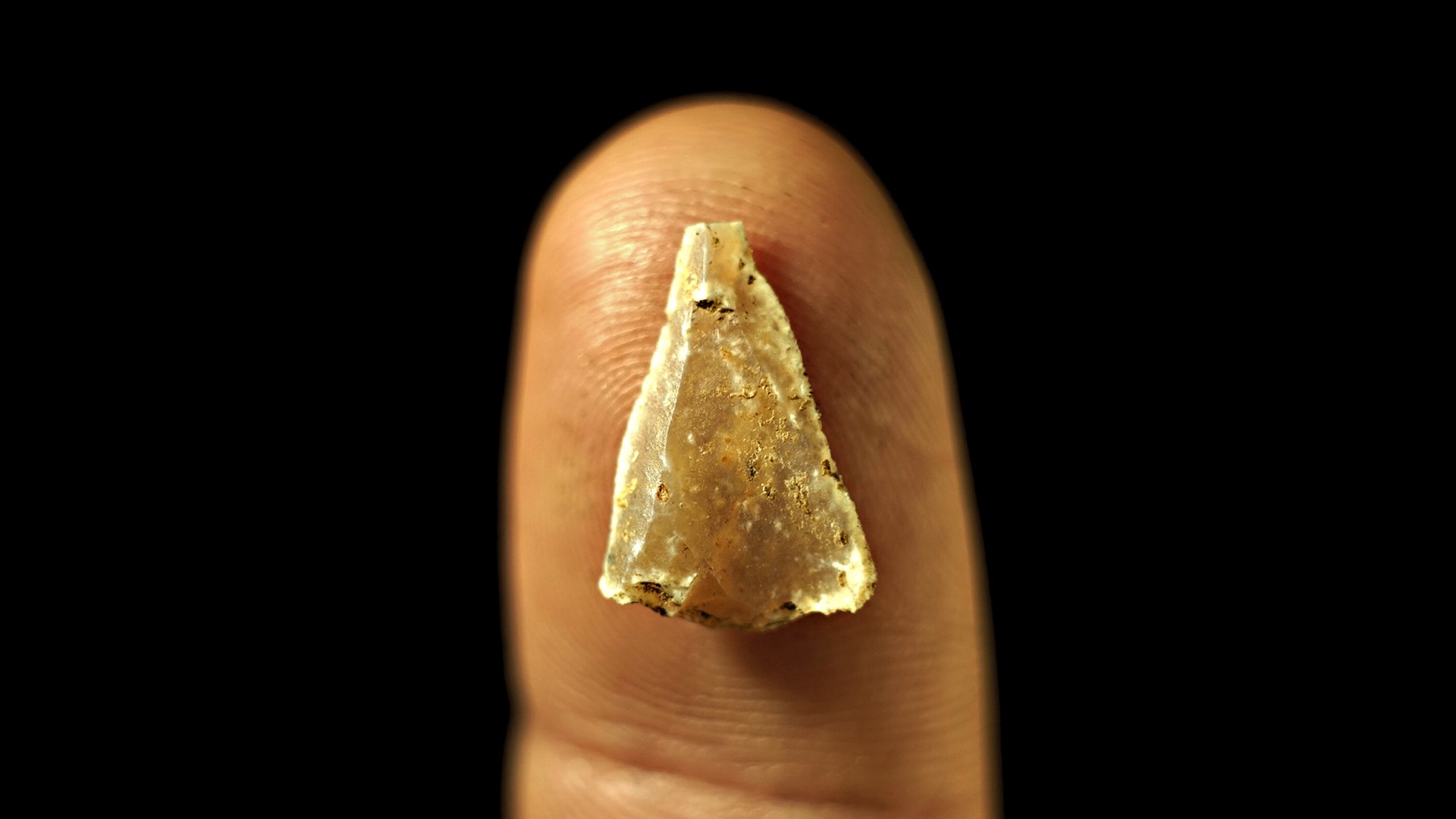
54,000-year-old stone points are oldest evidence of bows and arrows in Europe
By Tom Metcalfe published
New evidence that bows and arrows were used by early modern humans in Europe 54,000 years ago has strengthened the idea that such projectile technology might have given early modern humans an edge over Neanderthals.
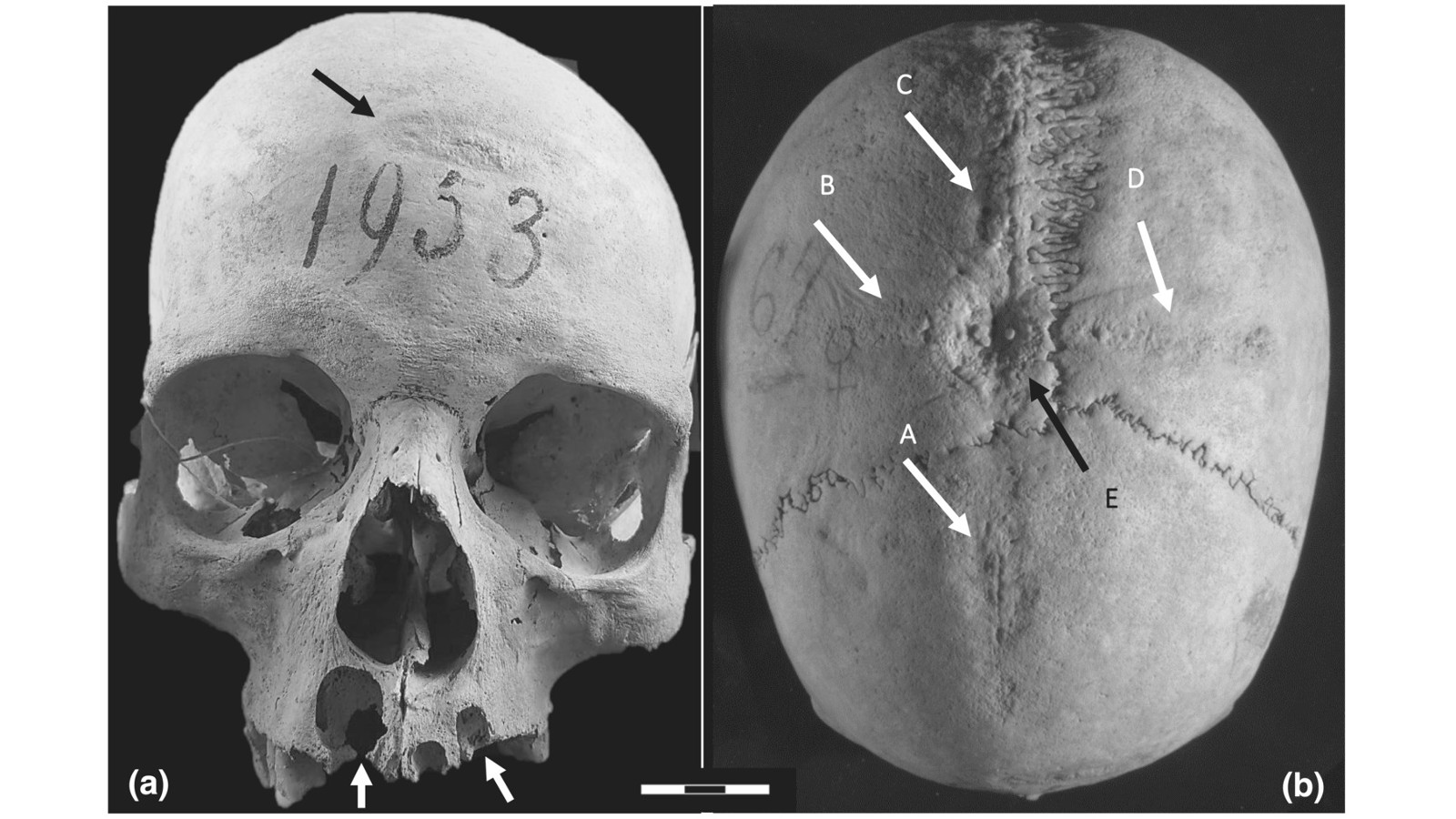
Painful 'cross-shaped incision' in medieval woman's skull didn't kill her, but second surgery did
By Tom Metcalfe published
The skull of a medieval Lombard woman found in central Italy shows signs of having undergone two trepanations — surgeries to make holes in the head. But why she underwent the painful procedures is unknown.
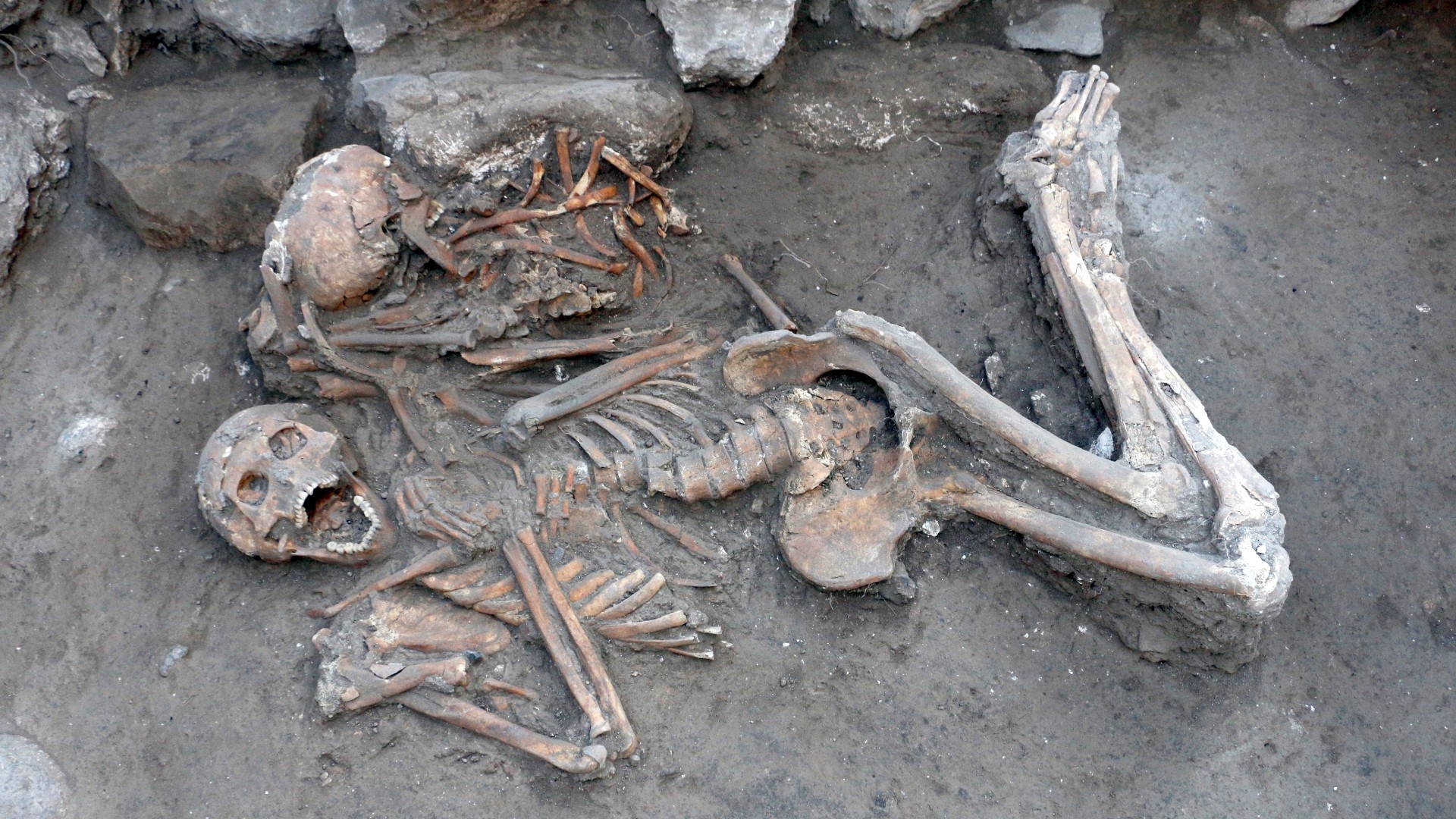
3,400 years ago, 'brain surgery' left man with square hole in his skull, ancient bones suggest
By Tom Metcalfe published
A hole in a Late Bronze Age human skull found in northern Israel may be early evidence of trepanation; but other experts argue that the hole could have been made for ritual purposes after the man's death.
Sign up for the Live Science daily newsletter now
Get the world’s most fascinating discoveries delivered straight to your inbox.
